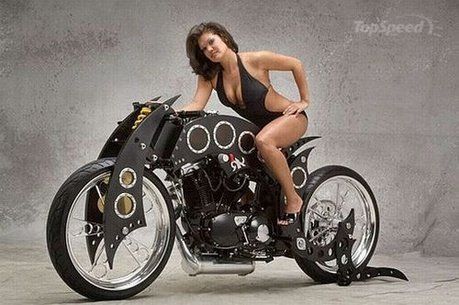.

The R60 and R60/2 are 600 cc boxer twin BMW motorcycles that were manufactured from 1956 to 1969 in Munich, Germany, by the Bayerische Motoren Werke (BMW Aktiengesellschaft).
Some 20,133 of these 600 cc shaft-drive, opposed twin R60 (1956-1960, 28 hp), R60/2 (1960-1969, 30 hp), and R60US (1968-1969, 30 hp) were built. These models, except for those with the "US" designation, were designed primarily as rugged motorcycles to pull sidecars (mounting points were built in) and had duplex tubular steel frames.

Simultaneously manufactured were related models, including the 500 cc R50 (1955-1960, 26 hp), the R50/2 (1960-1969, 26 hp), the R50 S (1960-1962, 35 hp), the R50US (1968-1969, 26 hp), and the 600 cc sport-oriented R69 (1955-1960, 35 hp), R69S (1960-1969, 42 hp), and R69US (1968-1969, 42 hp).
In the United States, all these Earles-fork and US-fork (i.e., telescopic fork) models from 1955 to 1969 are often lumped together as "Slash-2" BMWs, even though that is technically incorrect. Not all over them, as seen above, have the "/2" designation.

Perhaps the most famous BMW rider of the 1960s was Danny Liska , who took R60 models from Alaska to Tierra del Fuego in one trip, and from Europe's North Cape to South Africa's Cape of Good Hope in a second journey. His book about the first trip,
Two Wheels to Adventure (Alaska to Argentina by Motorcycle), was published in 2004
The standard colors for these motorcycles was black with white pin striping, though special colors could be ordered. Indeed, the motorcycles could be ordered in any color that was being used at the time for BMW cars. A special case was Dover white. Michael Bondy, of the U.S.A. BMW importer Butler & Smith, sent BMW a can of that color paint, which was used on his 1942 Packard, and BMW duplicated it. He then ordered 50 motorcycles in that color.


Though BMW invented and first used oil-damped telescopic front forks in the 1930s, it chose to use Earles forks on these models. The triangular front Earles fork (named after its designer, Englishman Ernest Earles) precluded any front-end dive during heavy front braking, which is common with telescopic front forks. It also worked well in sidecar duty. Though heavy and ponderous in turning, the Earles fork gave the old Beemer a steady and reassuring ride.
In 1968, BMW introduced telescopic forks on some of its slash-2 models, and they were continued into the 1969 model year. Modified, they became the front forks on the slash-5 models introduced for the 1970 model year. The photo of the red R60US to the right was taken at a BMW dealership in 1968 and shows a brand new motorcycle waiting for its first buyer. Earles fork and telescopic fork models both were manufactured for these two years and were available to customers.

During the 1960s, very few motorcycles were available with shaft final drive. BMW's were the most common. The driveshaft rode in an enclosed oil bath within the right swingarm, unlike BMW's previous models, and drove the rear wheel through an internally splined cup that meshes with a coupler crown gear keyed to the drive pinion. This meant that leaking seals could become a problem for the owners. Because the clutch was dry, there were seals at the rear of the crankshaft, at both ends of the transmission, at the rear of the driveshaft, and at the front and rear of the rear drive unit: lots of seals to develop leaks.


The front brakes were double leading shoes, and the rear had a single leading shoe. By modern standards, they were not good brakes. Tires, front and rear, were interchangeable in 3.50 inch by 18 inch size.
Motorcycles sold in America had high handlebars with a cross brace. Those sold elsewhere came with low, Euro handlebars.
A variety of saddle styles were available for these motorcycles. Those delivered in the U. S. typically were supplied with a single "dual" or bench saddle, either the standard size or a wide version that came with chrome rear-quarter passenger handles. Alternatives available included a Denfeld (not "Denfield") or Pagusa solo driver's saddle, or individual driver and passenger saddles.
Follow this great website :
Jeff Dean.























 Though BMW invented and first used oil-damped telescopic front forks in the 1930s, it chose to use Earles forks on these models. The triangular front Earles fork (named after its designer, Englishman Ernest Earles) precluded any front-end dive during heavy front braking, which is common with telescopic front forks. It also worked well in sidecar duty. Though heavy and ponderous in turning, the Earles fork gave the old Beemer a steady and reassuring ride.
Though BMW invented and first used oil-damped telescopic front forks in the 1930s, it chose to use Earles forks on these models. The triangular front Earles fork (named after its designer, Englishman Ernest Earles) precluded any front-end dive during heavy front braking, which is common with telescopic front forks. It also worked well in sidecar duty. Though heavy and ponderous in turning, the Earles fork gave the old Beemer a steady and reassuring ride.







